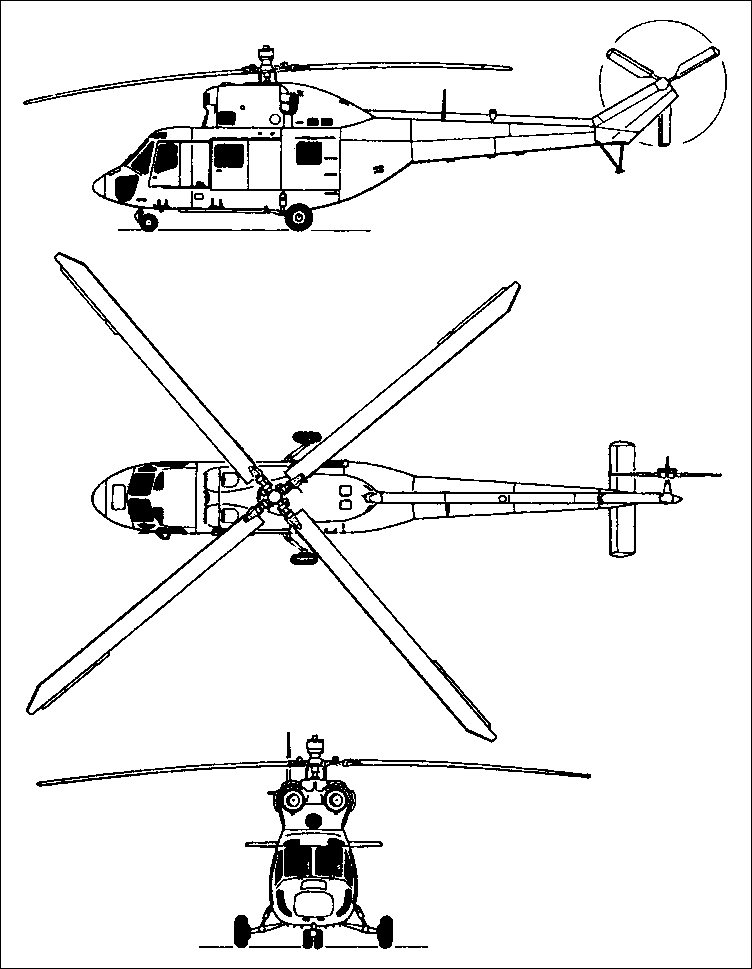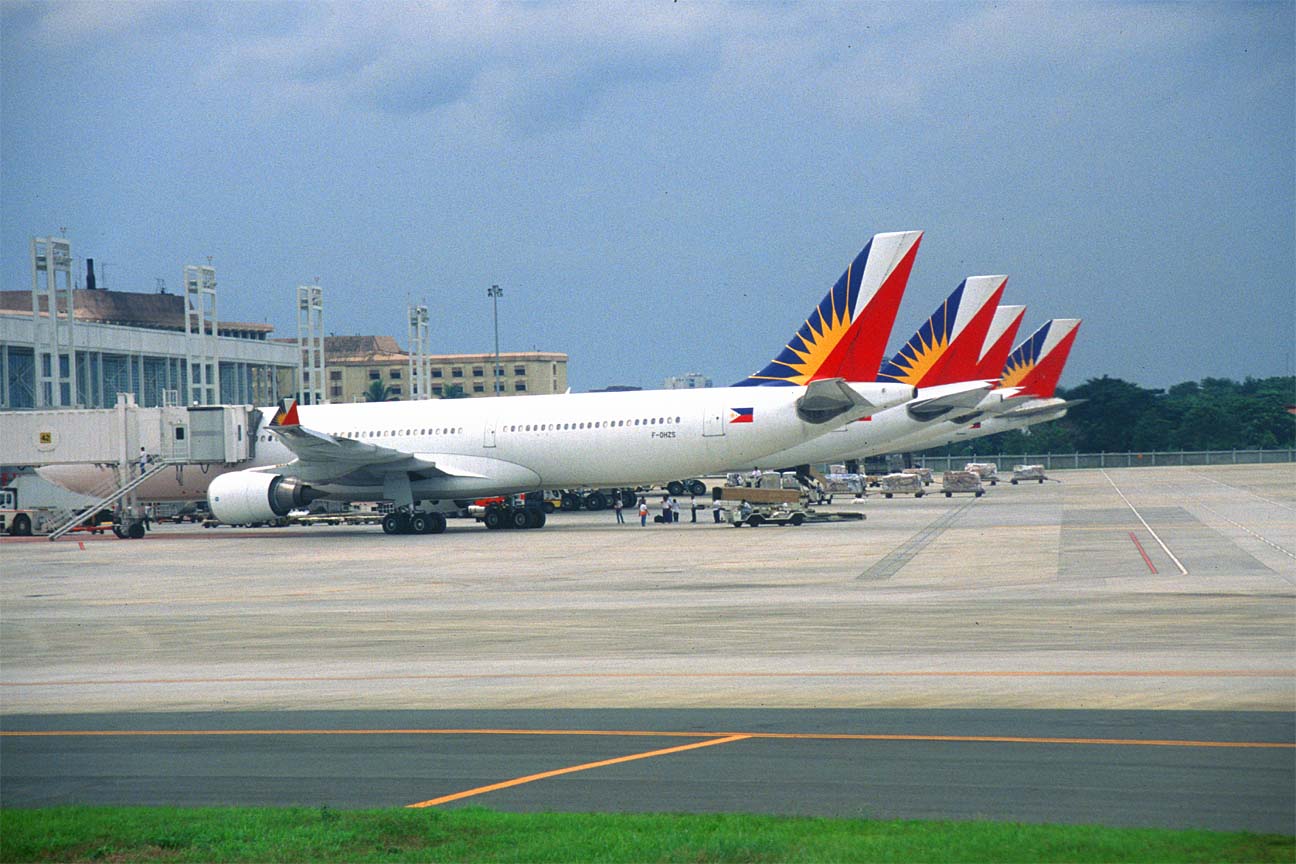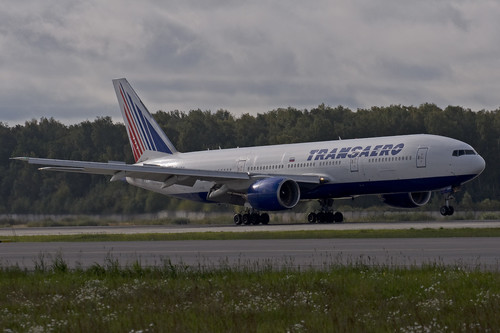 A look at PAL's Reward ProgramBy Louisa Margaret Bonoan-Calawod
A look at PAL's Reward ProgramBy Louisa Margaret Bonoan-Calawod December 6, 2009
PAL smiles: Mabuhay Miles is the Frequent Flyer Program of Philippine Airlines (PAL). PAL is recognized as Asia’s oldest commercial airline but it has never rested on that distinction, continuously improving its services, including the ways that it delights customers.
MANILA, Philippines - Generosity in recognizing and rewarding customer loyalty despite the challenges in the airline industry — this, in a nutshell, is what sets Mabuhay Miles apart from the other frequent flyer programs.
And by generosity, we mean endless possibilities of earning that free ticket to your next flight, flexibility in redeeming Miles, and the perks and privileges of being an Elite Mabuhay Miles member.
Mabuhay Miles is the Frequent Flyer Program of Philippine Airlines (PAL), the country’s national flag carrier. PAL is recognized as Asia’s oldest commercial airline but it has never rested on that distinction, continuously improving its services, including the ways that it delights customers.
Determined to value the loyalty of its customers, it launched its first frequent flyer program in 1984 — the Mabuhay Club and PALsmiles.
Guided by the customer service principle of continuous service improvement, the frequent flyer program of PAL was subjected to a lot of enhancements and face-lifting over the years to ensure that its valuable customers remain happy and are given premium recognition for their loyalty.
Consider these:
Mabuhay Club and PALsmiles started in 1984 as a frequent flyer program for international first and business class passengers. But in 1989, PALsmiles was enhanced to include all frequent travelers in its international and domestic destinations on all classes of service.
In August 2002, Mabuhay Miles became PAL’s brand of frequent flyer program (FFP) which integrated all of the airline’s FFPs — PALsmiles, the Mabuhay Club and the Flying Sportsman (now called SportsPlus).
World-Class Frequent Flyer ProgramToday, Mabuhay Miles is PAL’s world-class frequent flyer program; undoubtedly at par with existing customer loyalty programs.
Through its dynamic Product Loyalty Marketing team, Mabuhay Miles has continuously worked on improving the features of its loyalty program.
Earning Miles as you flyMabuhay Miles has enabled its members’ earning ability to considerably improve, by earning actual Miles flown and class of service bonuses between 25 percent and 75 percent, with the exception of promotional and non-revenue tickets.
Members who fly on Philippine Airlines code-share partners, Cathay Pacific, Emirates, Etihad, Gulf Air, Malaysia Airlines, Qatar Airways and Royal Brunei Airlines earn Miles. However, flights in these airlines have to be flown under a PAL flight number to be eligible to earn Miles.
Widened Miles earning abilityA Mabuhay Miles member’s earning ability continues to widen.
The frequent flyer program has increased its full partner list and members can earn Miles from credit card spending, hotel and resort stays, banking services, even car rentals and purchases with lifestyle partners.
Swipe that card, earn MilesMabuhay Miles acknowledges that next to Miles earned from airline flights, the credit card comes as the most viable source of Miles for most of its members. And recognizing the worldwide acceptability and convenience of the credit card, Mabuhay Miles partnered with credit card companies to include them in PAL’s frequent flyer program.
The Mabuhay Miles Visa from HSBC was launched in 2002 as the official credit card of Philippine Airlines’ frequent flyer program.
For Mabuhay Miles Visa Classic and Gold cards, every P45 card spent is equivalent to one Bonus Point while for Mabuhay Miles Visa Platinum cards, every P35 card spend is equivalent to one Bonus Point. One Bonus Point is equivalent to one Mile.
Primarily targeted at frequent travelers, it has evolved to include aspiring travelers and those seeking the fastest way to fly free.
This has prompted a lot of cardholders to consolidate their spending to their Mabuhay Miles Visa to maximize the potential of earning more Miles, or else… Sayang ang Miles!
The huge success of the Mabuhay Miles Visa card has inspired Philippine Airlines to launch another co-branded credit card, the Mabuhay Miles MasterCard, with its sister company Allied Bank in 2008. For every P38 card spent, Mabuhay Miles MasterCard holders earn one Point which is equivalent to one Mile.
The Mabuhay Miles Platinum and World MasterCard is empowered and privileged to give “More than Miles ahead.”
Mabuhay Miles members also have the option to convert their Rewards Points, earned from other financial institutions’ Rewards Program, into Miles. (Banking Services: Allied Bank; PNB Credit Card: Allied Bank, Banco de Oro, Citibank, Citibank Guam, Metrobank, PNB, Security Bank, Union Bank, Standard Chartered Bank, Union Bank; Remittance Services: PNB.)
Indeed, cards with a mileage-earning component have given members a convenient way to earn Miles for credit card purchases that would otherwise not fall under the mileage umbrella.
The dynamic team of Mabuhay Miles continues to work closely with their credit card partners to offer additional earning activities for its members.
Earning Miles Through Hotel And Resort StaysMabuhay Miles members can earn Miles for hotel and resort stays in the Philippines and worldwide. With current partner hotels and resorts like Shangri-La Hotels and Resorts, Marco Polo Hotel Group, Pan Pacific Group, Tokyu Hotels, The Shilla Hotels and Resorts, Best Western Hotel San Mateo, Crowne Plaza Foster City, Hilton Garden Inn Fairfield, Regal Hotels International, Century Park Hotel, Amorita Beach, Boracay Regency, Boracay Tropics, Friday’s Boracay, Maribago Bluewater Beach Resort, Microtel Inns & Suites, Sumilon Bluewater Island, The Panoly Resort, Pearl Farm Beach Resort and Taal Vista... And with ongoing negotiations for possible partnerships, members will have a long list of hotels and resorts where they can enjoy the comfort and luxury of their hotel or resort stay while earning Miles that they can use in their subsequent flights.
And a lot more...Mabuhay Miles’ partnership with Hertz enables its members to earn Miles when they avail of the car rental company’s services.
For the shopaholic Mabuhay Miles members, they can earn Miles by purchasing World Traveller and Victorinox luggage.
Indeed, the possibilities of earning Miles are endless, from Time, Fortune, Discovery and Reader’s Digest magazine subscriptions to purchase of tickets to the Cultural Center of the Philippines. Even a purchase of travel insurance through Travelplans by AIU Insurance will earn Miles. Members also have the option to convert their Platinum Loyalty Reward to Mabuhay Miles, earned from the Globe Platinum Loyalty Reward and through accumulated bill usage inclusive of roaming charges and upon renewal of Globe Postpaid subscription.
Flexibility in redeeming earned MilesOne good measure of generosity is flexibility. And Mabuhay Miles surely measures up.
Members are provided with award choices, specifically, with options to redeem their Miles according to their needs. Domestic award ticket redemptions may be made for one-way or roundtrip flights. However, international award tickets are only available for roundtrip travel. Travel awards start with as low as 3,000 Miles. A round-trip flight to the US in economy class will give you a free ticket to Hong Kong.
Mabuhay Miles Flexiflyer award is not capacity controlled and allows members to redeem Miles even on full flights. Members can mix and match awards and fly on a standard award ticket one way and Flexiflyer on the return trip. More importantly, there are no blackout dates for award travel.
Transferring Award Tickets, Buy Miles And Miles TransferAward tickets are transferrable to anyone and upgrade awards may be transferred to family and friends who are also Mabuhay Miles members.
A Member can Buy Miles to complete Miles required for a particular flight. Miles can also be purchased and given to someone else or it could be transferred to another Mabuhay Miles member’s account for a minimal fee.
Perks for the sports enthusiastsSportsPlus is a unique subscription-based feature available only to Mabuhay Miles members, especially the sports enthusiasts. SportsPlus members receive an extra free 20kg luggage allowance for sports equipment on Philippine Airlines flights.
Generous perks and privileges for Elite MembersMabuhay Mile’s Elite-Level Program allows members to qualify for elite membership. Mabuhay Miles recognizes the fact that individual preferences of members vary according to their needs. Accordingly, Mabuhay Miles continues to focus on the elite member benefits.
After all, what could be more generous than the perks and privileges that go with a Mabuhay Miles membership?
As Elite or Premier Elite Members, you enjoy the following privileges: elite tier-based bonus Miles, access to the Mabuhay Lounges, exclusive reservations numbers, priority waitlist, standby, check-in, boarding and luggage handling and additional free luggage allowance.
Million Milers enjoy the highest level of privileges and receive lifetime Premier Elite membership, four complimentary Upgrade Travel Certificates each year and exclusive gifts.





























